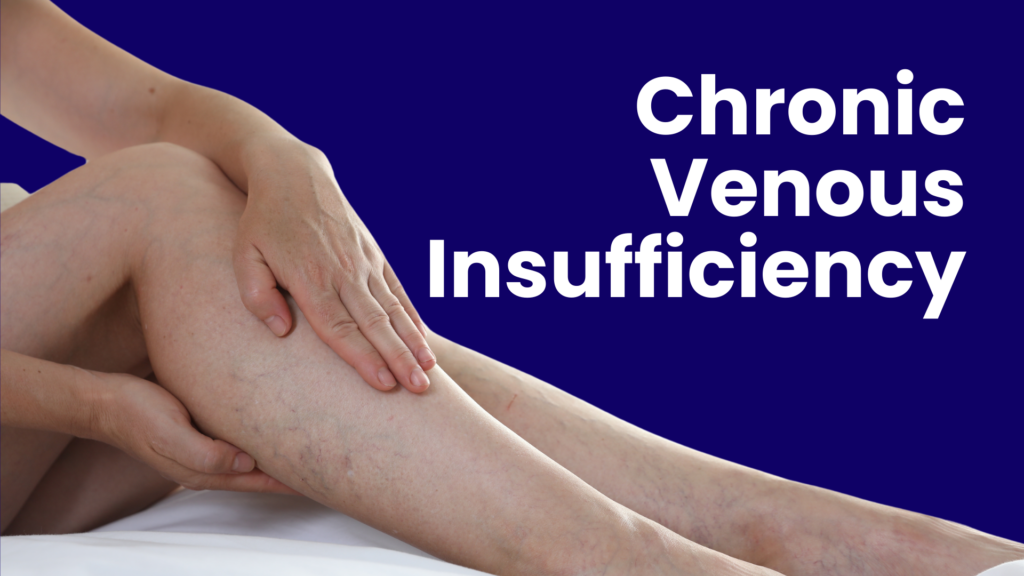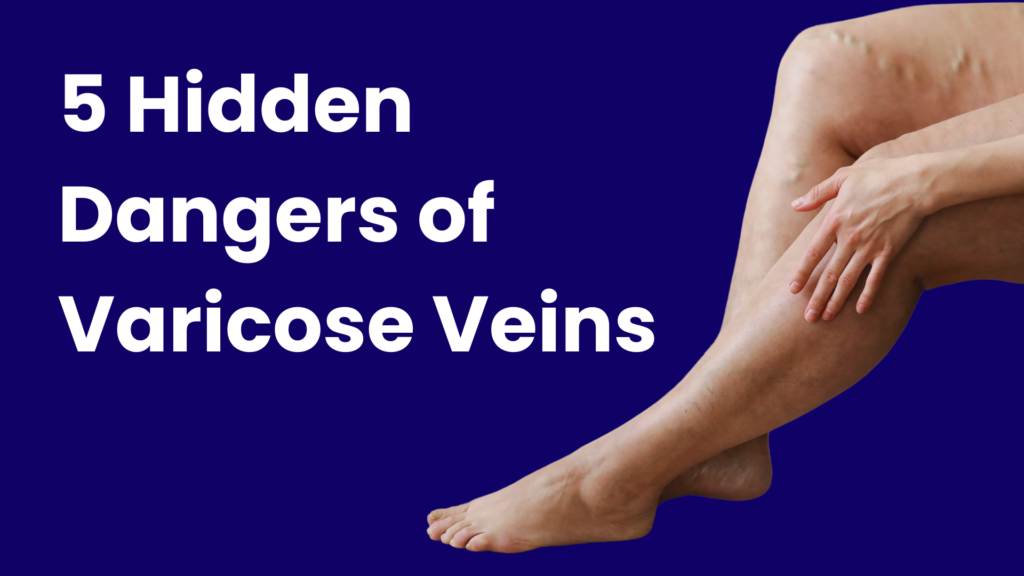Bucks County
Vein Specialist
Overcome leg pain & embarrassment with the latest technology and minimally invasive procedures.
- 2,500+ Happy Patients
- 10,000+ Treatments
- Top Vein Clinic
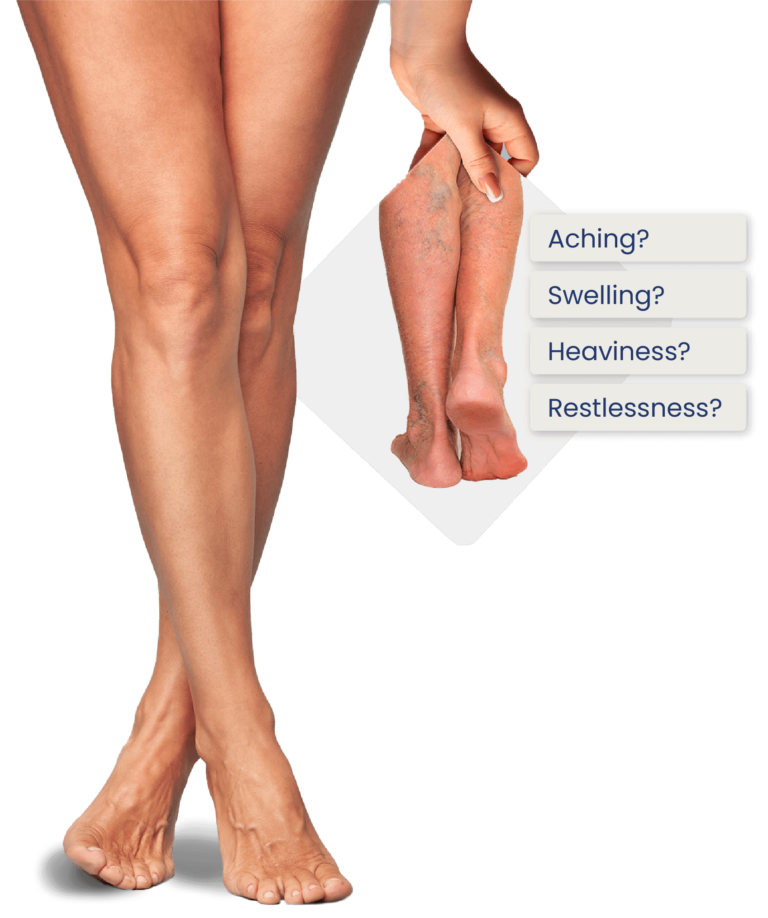
Board Certified Surgeon and Vein Specialist


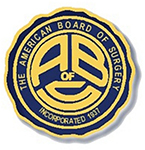
There’s no reason you need to live with
aching, tired, or swollen legs with visible veins.
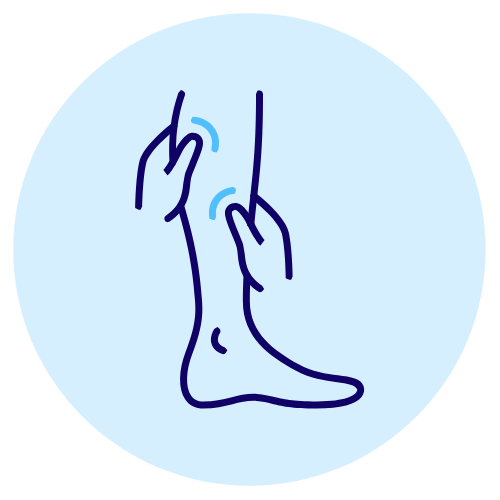
Leg Pain / Aching / Cramping
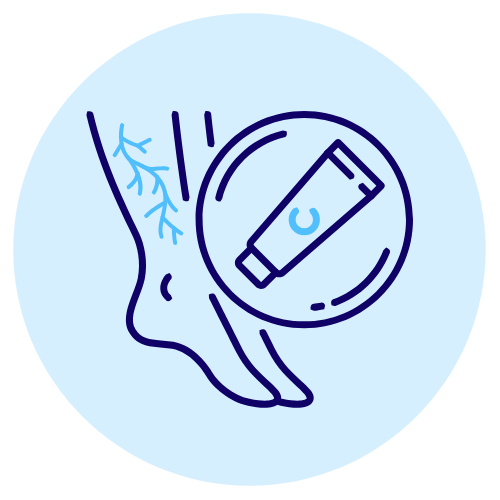
Skin Changes / Discoloration
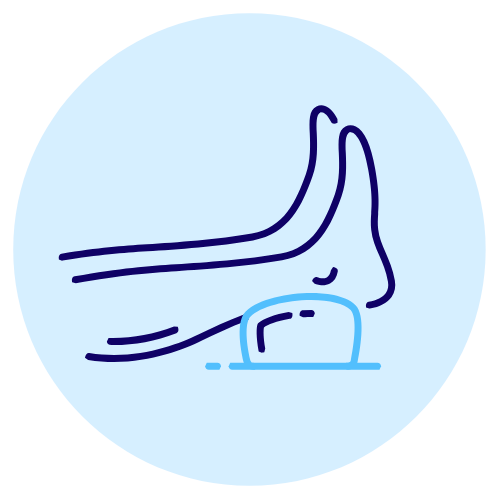
Leg or Ankle Swelling
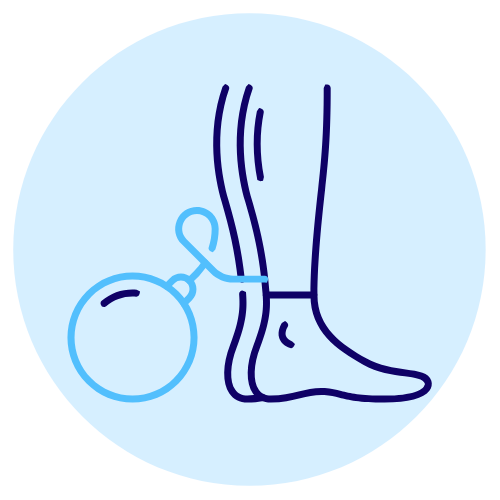
Leg Heaviness & Fatigue
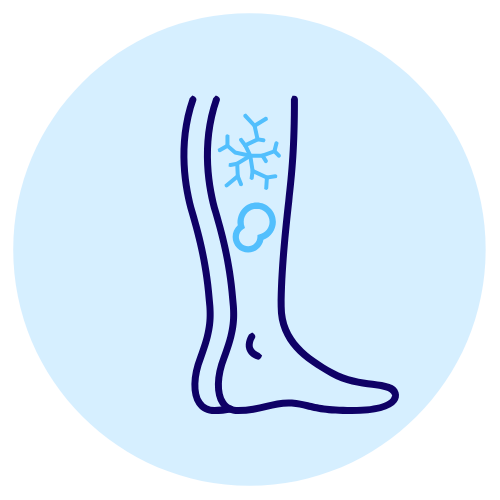
Ulcers / Sores / Open Wounds

Restlessness in
the Legs
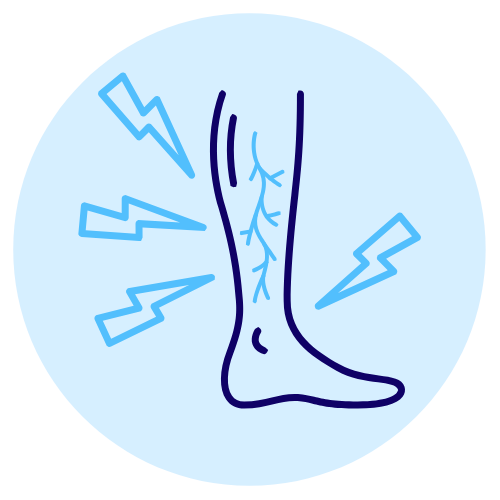
Tingling or
Burning in Leg
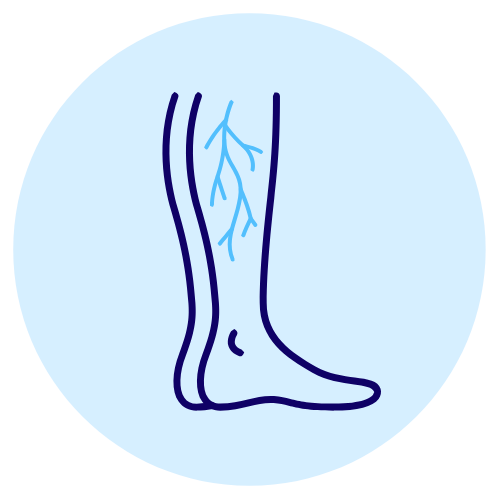
Varicose and
Spider Veins
Get relief today.
Why Choose Bucks County Vein Center?
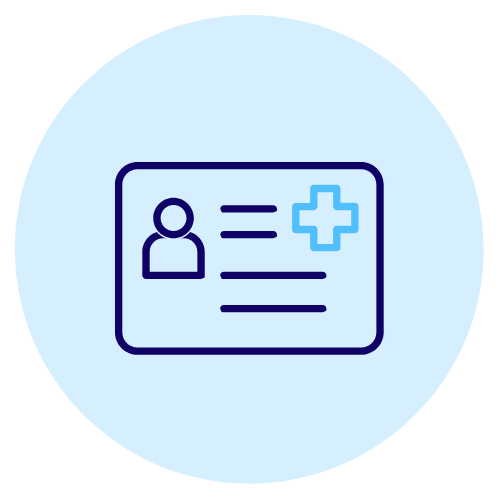
Insurance
We accept most major insurance and many others. Please give us a call if you have any questions.
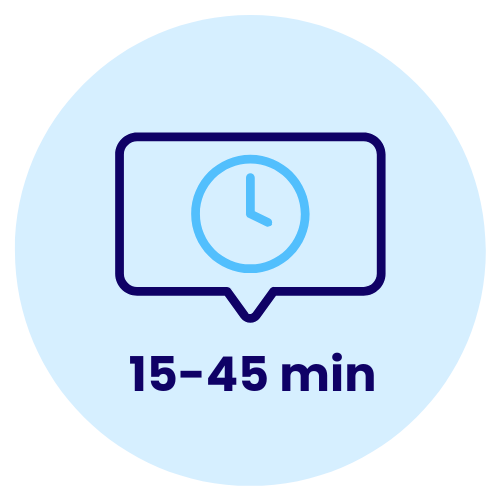
Fast Treatment
Your varicose-vein-free journey can start with treatments that only take 15-45 minutes.
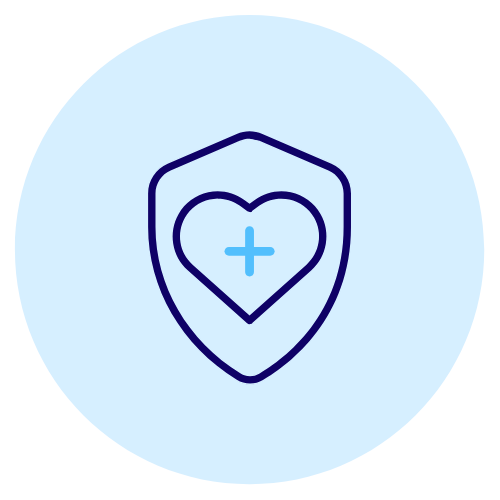
Pain-Free
Equipped with the latest cutting-edge vein treatments that are minimally invasive and pain free!
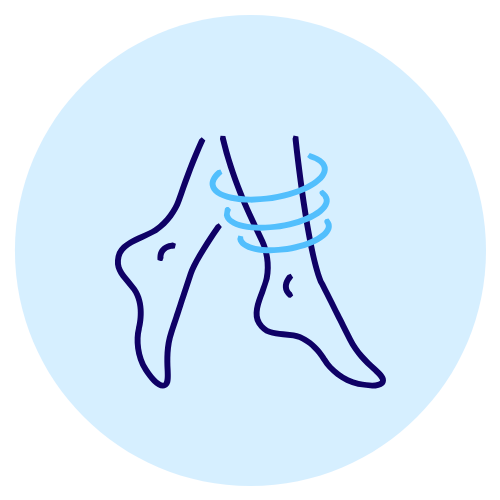
Fast Recovery
Most of our patients return to their normal day-to-day activities post-venous treatments!
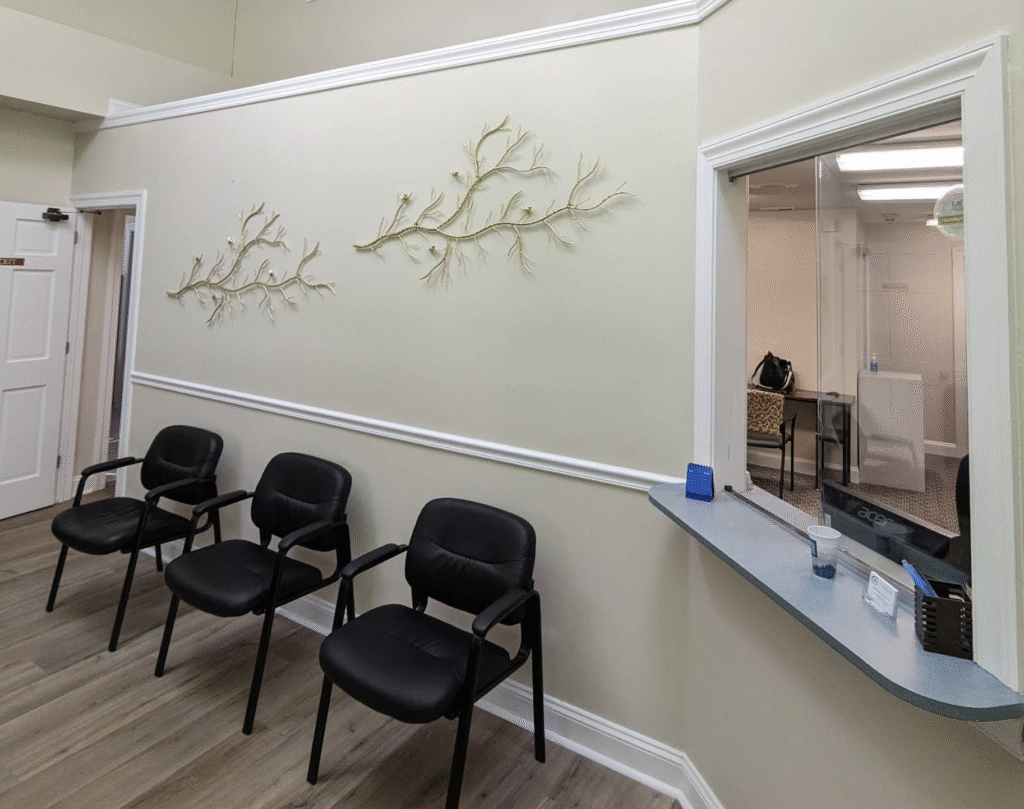
Highly trained vein specialists
Top Vein Doctor in Bucks County

Christopher Kowalski, MD, FACS
Dr. Kowalski has deep roots in Pennsylvania, spanning over four generations. He pursued his medical education at Temple University School of Medicine and completed his general surgery residency at The Washington Hospital Center. He then pursued fellowship training in advanced laparoscopic and bariatric surgery at St. Peter’s University Hospital in New Brunswick, NJ, learning from pioneers in the field.
Vein care you can trust
Top Rated Vein Clinic in Bucks County
I was very nervous about the procedure, as I'm sure anyone would be.
I have had both legs done,i am very happy with the results.
My legs feel better.
I would absolutely recommend going for a consult and finding out for yourself
If you are considering vein treatment of any kind, I’d highly recommend Dr. Kowlaski and his team.
Had my post-procedure ultrasound and Mary completed the test, took the time to explain the follow-up and answer my questions. It’s been about 4 weeks since the RFA; the recovery has been easy and my legs feel great.
So happy with my decision and you will too!
Here’s what to expect
Vein Treatment Process
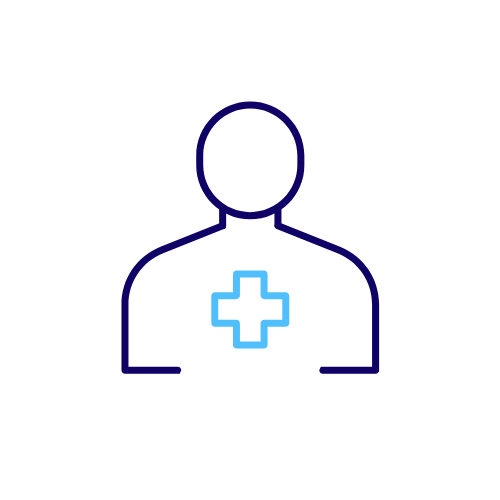
1. Consultation
Your first visit includes a consultation with one of our providers and their expertly trained team.
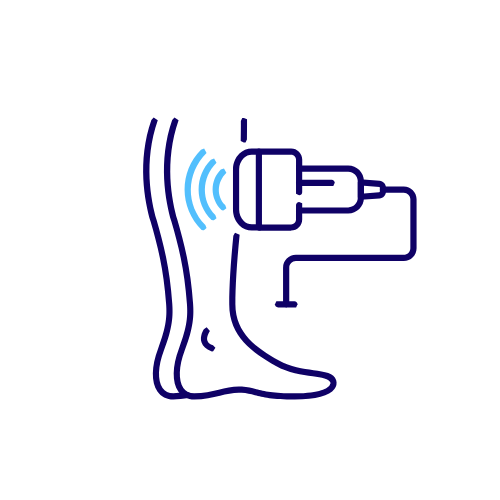
2. Ultrasound
After the consult, we move on to the assessment and provide an accurate diagnosis. You will get the same day ultrasound and results on site while you see the provider.
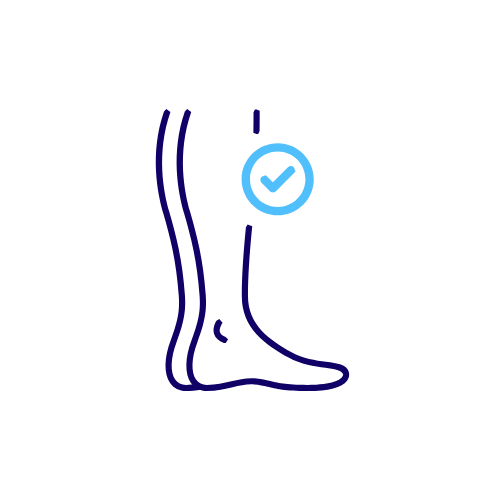
3. Treatment Plan
After we conclude our assessment, you will receive a custom treatment plan based on your needs and outcome goals.
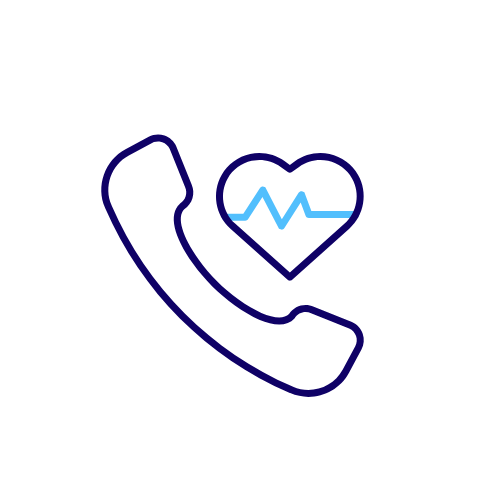
4. Live an Active Life Again
Get back to doing the things you love most. Get back to being active and enjoy the way you feel.
Get relief today.
We have a vein center nearby
Visit Our Vein Center in Bucks County
Bucks County Vein Center
Monday – Thursday: 9:00 AM – 5:00 PM
Friday: 9:00 AM – 4:00 PM
Why you shouldn’t wait to get
Treatment for Varicose Veins
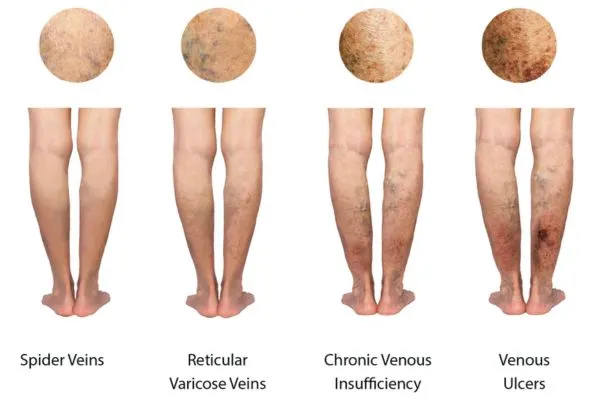
1. Symptoms Worsen Over Time
Vein disease is progressive, meaning its symptoms can Become more severe over time and can result in serious issues.
2. Misdiagnosed
More than 30 million people are affected by varicose veins or CVI (Chronic Venous Insufficiency) in the U.S., with only 1.9 million seeking treatment annually, leaving the vast majority undiagnosed and untreated.
3. Easily Treated
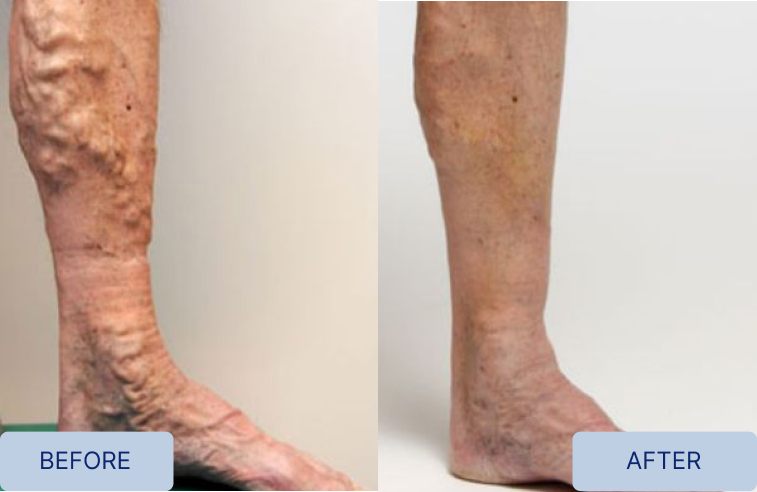
“Wonderful practice. Dr. Kowalski saw me promptly and explained the possibilities. I also want to commend the front office. Called with questions and they promptly returned my calls with answers! Also wanted to mention that the Dr is associated with St Mary’s Hospital which is comforting.“
– Dave
Trusted by Thousands of Patients Across Bucks County
With over 10,000+ successful treatments, you can trust you’re in good hands.
Is It Vein Disease?
Learn about vein disease risks and treatments
Vein Disease Videos
What is Vein Disease?
Dangers of Varicose Veins
How We Treat Vein Disease
Answers for common vein questions
Frequently Asked Questions
In your leg, you have two sets of veins. They are called deep veins and superficial veins.
Deep veins are in the deeper part of the leg where the muscles are, and superficial veins are right under the skin.
In a normal person, the blood circulates from the feet toward the heart in both veins.
When someone has venous insufficiency, the blood will go up the deep veins and back into the superficial vein.
The blood will start pooling in the superficial veins.
Since the superficial veins are closest to the skin, they will bulge and create varicose veins. They are often bluish or purple.
Spider Veins are essentially a smaller version of varicose veins. They are red, purple, and blue vessels that are also twisted and turning. They are most often seen on the legs, chest, or face.
No. Varicose veins can occur deeper in the leg, where one can’t see them. Varicose veins are classified under the spectrum of venous insufficiency disease.
Venous insufficiency disease causes leg discomfort, swelling of the ankles and leg, itching, and weariness. Other signs and symptoms may be prickling, cramping, aching, and heaviness of the lower limbs after prolonged standing.
Keep an eye out for these symptoms besides simply visible veins.
In short, no. Exercise and compression stockings may help reduce some of the symptoms of varicose veins, but usually, only medical treatment can eliminate a varicose vein.
Progression of varicose veins can be dangerous as they may later become venous ulcerations. When left without treatment, complications may include rashes, infections, bleeding, sores, and blood clots.
In rare cases, varicose veins can cause deep vein thrombosis (DVT) and pulmonary embolism, which is life-threatening.
1) Consult – We start you with a consultation where you will be listened to and encounter a friendly staff that will ensure you get the best care. On the first visit, that care will come from our expertly trained team, including Dr. Kowalski and an ultrasonographer.
2) Ultra Sound – After the consult, we move on to the assessment, providing you with an accurate diagnosis. You will get the same-day ultrasound and results on-site while you see the provider. This will get you back to life as swiftly as possible.
3) Treatment Plan – After we conclude our assessment, we will provide you with a treatment plan.
There are many different options, such as Radiofrequency Ablation (RFA), sclerotherapy, pneumatic compression, and more. We will ensure you get the perfect customized treatment based on your needs and outcome goals.
It is normal to have some minor discomfort during the procedure. We will do everything we can to make this as relaxing and comfortable an experience as possible. After the procedure, patients may experience minor bruising or discomfort in the area of the treated vein, which normally resolves in 3-4 weeks. Overall, patients report minimal pain/discomfort and can go back to doing the things they love.
Patients usually return to work and activities on the very same day. Very little downtime is needed for our treatments.
